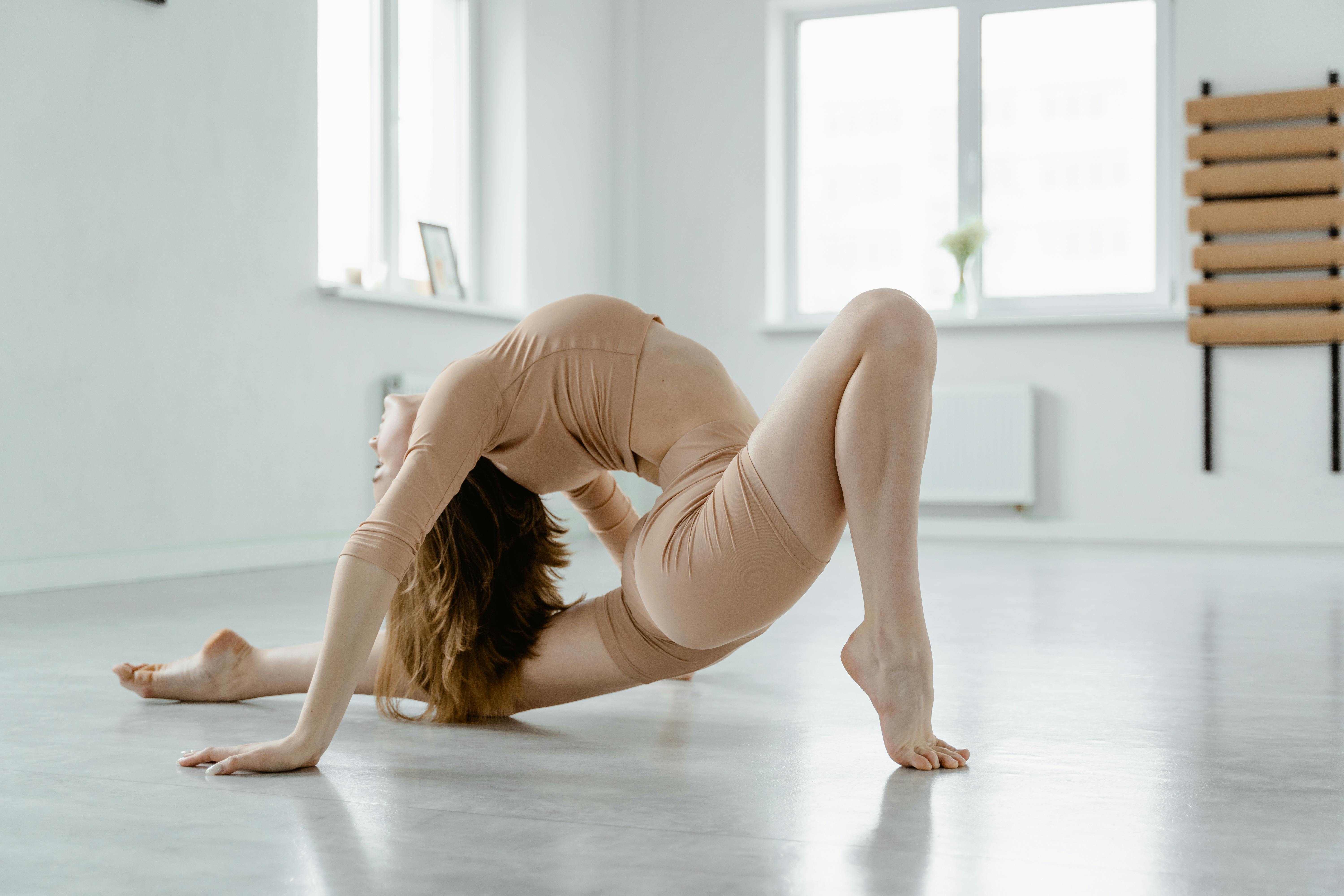Dance Classes for Any Age: It's Never Too Early to Start Exercising While Enjoying Music
Movement and music have been intertwined throughout human history, offering both physical and emotional benefits. Dance classes provide a unique opportunity to combine fitness with artistic expression, making exercise enjoyable rather than a chore. Whether you're a toddler taking your first steps or a senior looking to stay active, dance offers accessible pathways to better health, social connection, and creative fulfillment. This guide explores why dance is beneficial for everyone, what types of classes exist, and how to choose the right style for your personal goals.

Dance transcends age barriers, cultural boundaries, and fitness levels. It serves as both an art form and a comprehensive workout that engages the body, mind, and spirit. From improving cardiovascular health to enhancing coordination and balance, dance classes offer benefits that extend far beyond the studio floor. The accessibility of dance makes it an ideal activity for families, individuals, and groups seeking a fun alternative to traditional exercise routines.
Why Dance Classes Are Great for Everyone
Dance provides a full-body workout that strengthens muscles, improves flexibility, and boosts cardiovascular endurance. Unlike repetitive gym routines, dance keeps participants engaged through varied movements and musical rhythms. For children, dance classes develop motor skills, spatial awareness, and discipline while encouraging creativity. Young dancers learn to follow instructions, work cooperatively, and express themselves through movement.
Adults benefit from the stress-relief and social aspects of dance. Regular participation can reduce anxiety, improve mood, and create opportunities to meet like-minded individuals. The cognitive demands of learning choreography also support brain health by challenging memory and coordination. For older adults, dance classes offer low-impact exercise that maintains mobility, prevents falls through improved balance, and combats social isolation. Research consistently shows that dancing can enhance quality of life across all age groups while reducing the risk of chronic diseases.
Types of Dance Classes Available
The variety of dance styles ensures that everyone can find something suited to their interests and abilities. Ballet provides foundational technique, emphasizing posture, flexibility, and grace. It’s often recommended for children but adult beginner classes have grown increasingly popular. Jazz dance combines energetic movements with expressive styling, appealing to those who enjoy upbeat music and dynamic choreography.
Contemporary and modern dance focus on fluidity and emotional expression, allowing dancers to explore creative movement without rigid structures. Hip-hop classes attract younger participants with street-style moves set to popular music, building confidence and rhythm. Latin dances like salsa, bachata, and merengue offer partner dancing experiences that are both social and physically demanding. Ballroom dancing encompasses styles like waltz, foxtrot, and tango, providing elegant options for couples or individuals.
Specialized classes also exist for specific populations. Adaptive dance programs accommodate individuals with disabilities, while prenatal dance classes support expectant mothers. Senior-focused programs like chair dancing or gentle movement classes ensure that mobility limitations don’t prevent participation. Fitness-based dance formats such as Zumba, barre, and dance cardio blend traditional exercise with dance movements for those primarily seeking workout benefits.
Choosing the Right Dance Class for Your Goals
Selecting an appropriate dance class begins with identifying your primary objectives. If weight loss and cardiovascular fitness are priorities, high-energy styles like hip-hop, Zumba, or jazz provide intense calorie-burning workouts. Those seeking flexibility and core strength might prefer ballet, contemporary, or barre classes. Social connection and partner interaction make ballroom and Latin dance styles ideal choices.
Consider your current fitness level and any physical limitations when making your selection. Beginners should look for introductory or foundational classes that teach basic steps without assuming prior experience. Many studios offer trial classes or observation opportunities, allowing you to assess the teaching style and class atmosphere before committing. Instructor qualifications matter—look for teachers with formal training, teaching certifications, or extensive performance experience.
Schedule and location convenience significantly impact long-term participation. Classes held in your area at times that fit your routine increase the likelihood of consistent attendance. Some studios offer flexible drop-in options while others require term commitments. Online dance classes have expanded access, providing instruction for those with transportation challenges or living in areas with limited local services. However, in-person classes offer immediate feedback and social benefits that virtual formats cannot fully replicate.
Getting Started with Dance Classes
Beginning dance classes requires minimal investment. Comfortable, movement-friendly clothing and appropriate footwear for your chosen style are usually sufficient. Most studios provide information about dress codes and required shoes during registration. Start with one or two classes per week to allow your body to adapt to new movements and prevent overuse injuries.
Set realistic expectations for your progress. Dance skills develop gradually through consistent practice and repetition. Avoid comparing yourself to experienced dancers or becoming discouraged by initial challenges. Focus on personal improvement and enjoyment rather than perfection. Many dancers find that keeping a journal of their progress helps maintain motivation and track skill development over time.
Communicate with instructors about any injuries, health conditions, or concerns that might affect your participation. Good teachers will offer modifications and alternatives to ensure safe, effective practice. Building relationships with classmates creates accountability and makes classes more enjoyable, increasing the likelihood that dance becomes a lasting part of your lifestyle.
The Long-Term Benefits of Regular Dance Practice
Committing to regular dance classes yields cumulative benefits that extend throughout life. Physical improvements include increased stamina, better posture, enhanced coordination, and maintained bone density. The mental benefits are equally significant—dancing challenges cognitive function, supports memory retention, and may reduce the risk of dementia in older adults.
Dance fosters emotional well-being through creative expression and the release of endorphins during physical activity. The social environment of group classes combats loneliness and builds community connections. Many dancers report increased self-confidence, body positivity, and overall life satisfaction as they progress in their practice. These holistic benefits make dance one of the most rewarding forms of exercise available, accessible to anyone willing to move to the music regardless of age or background.




